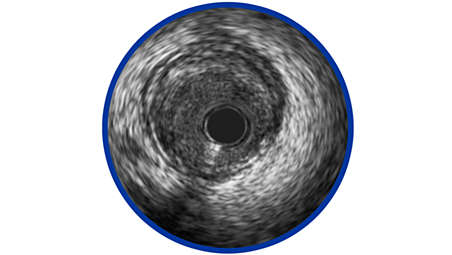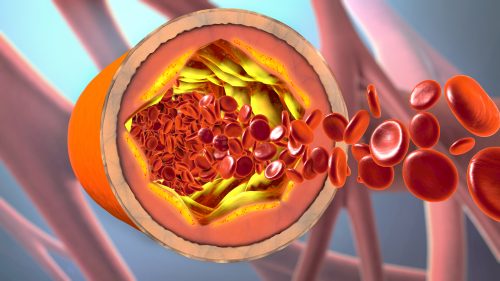
Oral anticoagulation alone (OAC) could not be shown as noninferior to oral anticoagulation plus an antiplatelet agent (APT) in patients with atrial fibrillation, according to new study results presented at TCT 2018 in San Diego.
“In patients with concomitant atrial fibrillation and stable coronary artery disease beyond one year after coronary stent implantation, the ESC guidelines have consistently recommended oral anticoagulation without antiplatelet therapy,” said Yukiko Nakano, MD, of the Kyoto University Graduate School of Medicine in Kyoto, Japan, said in a press release. “In clinical practice, however, antiplatelet therapy is often used on top of oral anticoagulation beyond one year after coronary stenting. Importantly, no randomized controlled trials have evaluated OAC monotherapy in this patient subset.”
Dr. Ajay Kirtane and I Wrap Up Day 4 of #TCT2018: the ULTIMATE trial, LRP, OAC Alone and more!
Watch the full discussion here:https://t.co/pDbhGFQzle pic.twitter.com/piGjJMytlP
— C. Michael Gibson MD (@CMichaelGibson) September 25, 2018
Researchers for the OAC-ALONE trial randomized patients 1:1 to receive either OAC (n=344) or combined OAC plus APT (n=346). The trial included 696 patients; it was originally designed for a patient population of 2,000, but enrollment was terminated prematurely. The primary study endpoint was a composite of all-cause death, myocardial infarction (MI), stroke, or systemic embolism, with a secondary composite endpoint of major bleeding according to ISTH classification. Patient were followed for a mean of 2.5 years.
OAC-ALONE trial #TCT2018 #LBCT by Yukiko Nakano
OAC alone did not meet non inferiority for primary endpoint of MACE did meet non inferiority for secondary endpoint of MACE + bleeding.
Trade off between ischemia and bleeding. Need larger study but this study sets the stage pic.twitter.com/LQwb89focA
— William Suh, MD (@willsuh76) September 24, 2018
The primary study endpoint occurred in 54 (15.7%) patients in the OAC along group compared to 47 patients (13.6%) in the OAC plus APT group (HR=1.16; 95% CI, 0.79 to 1.72; P=0.20 for noninferiority; P=0.45 for superiority). The secondary composite endpoint occurred in 67 patients in the OAC along group compared to 67 patients in the combined therapy group (HR=0.99; 95% CI, 0.71 to 1.39; P=0.016 for noninferiority; P=0.96 for superiority).
Dr.Yukiko Nakano presented the ‘OAC-ALONE’ trial at #TCT2018 #LBCT today. Non inferiority of OAC alone to OAC+SAPT was not established for the composite primary end point of death,MI,stroke or SE due to insufficient sample size! @crfheart @GreggWStone @CMichaelGibson @DLBHATTMD pic.twitter.com/SbiWIqaud2
— Poonam Velagapudi (@Pooh_Velagapudi) September 24, 2018
Early termination of OAC-ALONE leaves jury still out on OAC alone vs. OAC+APT in patients w/ #AFib & #cvCAD. Large trials still needed to establish best treatment for this patient group. Read more: https://t.co/1KVKXGosrg #TCT2018
— American College of Cardiology (@ACCinTouch) September 24, 2018
“Because the patient enrollment was prematurely terminated, the study was underpowered and inconclusive,” Dr. Nakano said. “Larger adequately powered randomized trials are required to establish the optimal antithrombotic regimen in this population.”
For more on atrial fibrillation, visit the DocWire Electrophysiology Condition Center.
Source: Circulation






 © 2025 Mashup Media, LLC, a Formedics Property. All Rights Reserved.
© 2025 Mashup Media, LLC, a Formedics Property. All Rights Reserved.